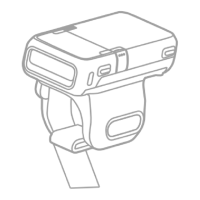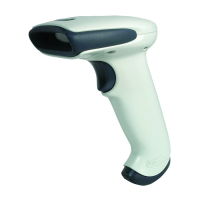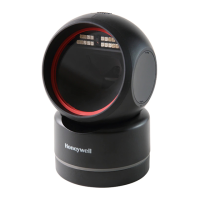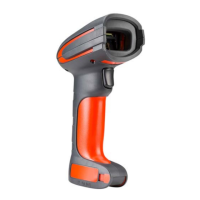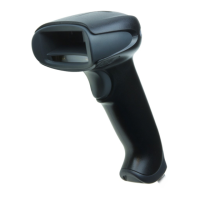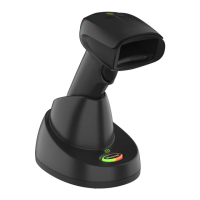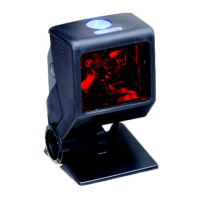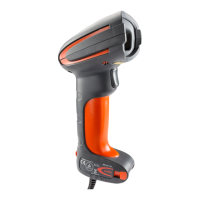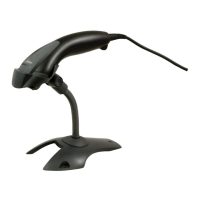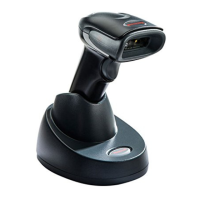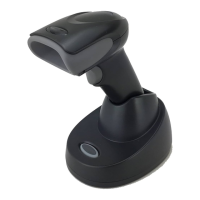144 N3680 Decoded Engine User Guide
Menu Command Syntax
Menu commands have the following syntax (spaces have been used for clarity
only):
Prefix Tag SubTag {Data} [, SubTag {Data}] [; Tag SubTag {Data}] […] Storage
Note: IMPORTANT: The scan engine’s flash has a limited number of write cycles. When
sending commands frequently Honeywell recommends using the volatile (
!
exclamation point) memory as often as possible.
Serial Command Example
Set the RS232 baud rate to 115,200: SYN M CR 232BAD9. or \x16M\x0D232BAD9
.Query Commands
Several special characters can be used to query the device about its settings.
:Name: Field Usage (Optional)
This command returns the query information from the scan engine.
Prefix Three ASCII characters: SYN M CR (ASCII 22,77,13).
Tag A 3 character case-insensitive field that identifies the desired menu command
group. For example, all RS-232 configuration settings are identified with a Tag of
232.
SubTag A 3 character case-insensitive field that identifies the desired menu command
within the tag group. For example, the SubTag for the RS-232 baud rate is BAD.
Data The new value for a menu setting, identified by the Tag and SubTag.
Storage A single character that specifies the storage table to which the command is applied:
! (exclamation point) => performs the command’s operation on the device’s volatile
menu configuration table.
. (period) => performs the command’s operation on the device’s non-volatile menu
configuration table. Use the non-volatile table only for semi-permanent changes
you want saved through a power cycle.
Prefix Tag SubTag Data Storage
SYN M CR 232 BAD 9 .
^
What is the default value for the setting(s).
?
What is the device’s current value for the setting(s).
*
What is the range of possible values for the setting(s). (The device’s response uses a dash (-
) to indicate a continuous range of values. A pipe (|) separates items in a list of non-
continuous values.)
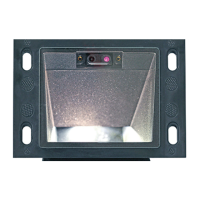
